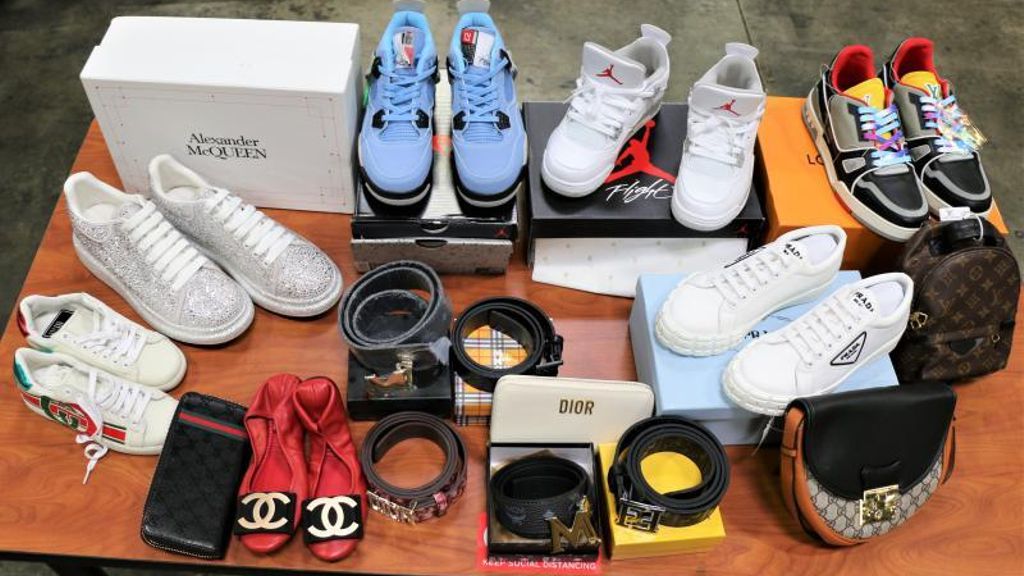U.S. Customs and Border Protection (CBP) seized more than 39,000 fake designer products from China at a port in Los Angeles last month.
The fake designer goods arrived in two cargo shipments, with the first intercepted on July 19 and a second on July 30 at the Los Angeles–Long Beach port.
The counterfeit products included sandals, handbags, sneakers, hats, wallets, backpacks, mobile phone cases, and belts, bearing numerous logos such as Gucci, Dior, Chanel, Louis Vuitton, and Prada, according to CBP’s statement on Aug. 26.
If genuine, the seized merchandise would have had a combined retail price of about $53.7 million, CBP stated.
“Counterfeit goods unfairly compete with legitimate products and reduce the incentives to innovate, both in the United States and abroad,” Donald R. Kusser, port director of the Los Angeles–Long Beach Seaport, said in the statement.
The rise of e-commerce has facilitated an uptick in the trafficking of illicit goods to U.S consumers, as criminals are able to reach a wider market while still hiding their identities. In the past, traffickers could only sell such products on illegitimate websites and in underground outlets.
“When shopping online, read seller reviews and check for a working U.S. phone number and address that can be used to contact the seller,” CBP stated. “Remember that if the price of a product seems too good to be true, it probably is.”
CBP also reminded consumers that fake apparel, footwear, and handbags are often of inferior quality. Some may feature uneven and poor stitching, fragile fabrics, and improperly sized or designed logos.
China remains the primary source of fake products and pirated goods seized, according to CBP statistics for the fiscal year 2020. Chinese-made counterfeit goods seized in 2020 were estimated to be worth nearly $660 million had they been genuine, accounting for 51 percent of the value of all seizures that year.
By Dorothy Li







